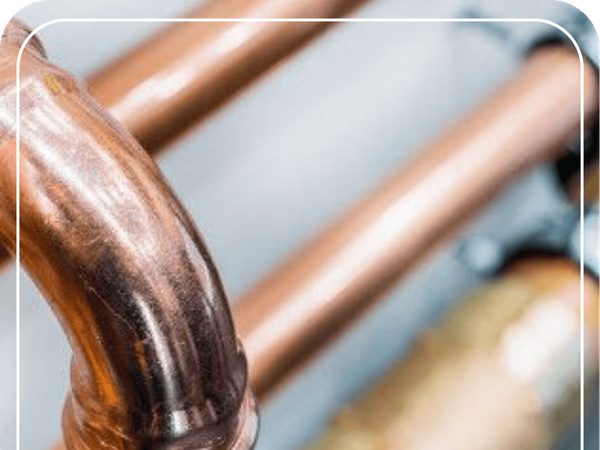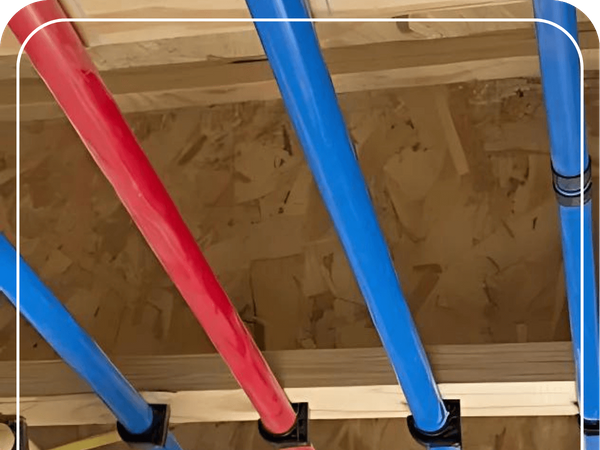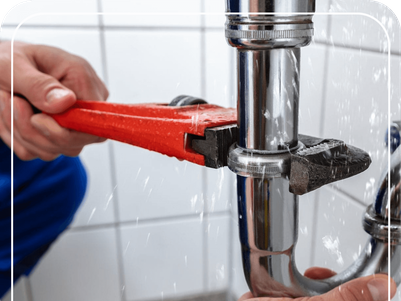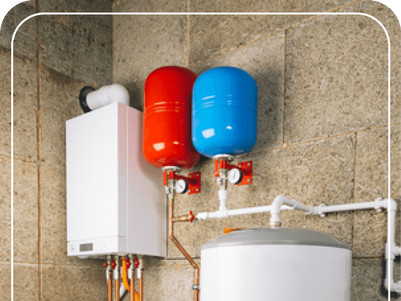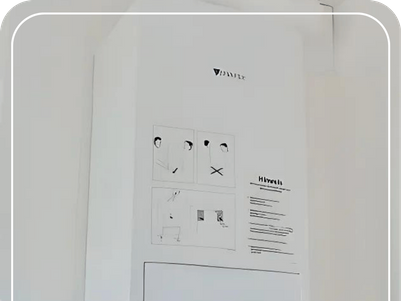Advanced Repipe Specialist
Leave your repiping and plumbing services to the specialists!
We are a family-owned business serving the Bay & Sacramento Area + Surrounding Areas for more than 15 years!
Get A Free Quote Bay Area: (408) 609-4807 Sacramento: (916) 605-9572


We personally put in the hard work for you, no subcontractors ever!
Our commitment to quality ensures your plumbing needs are met with utmost care and expertise.
Let the Specialists handle your challenging repiping/plumbing tasks.
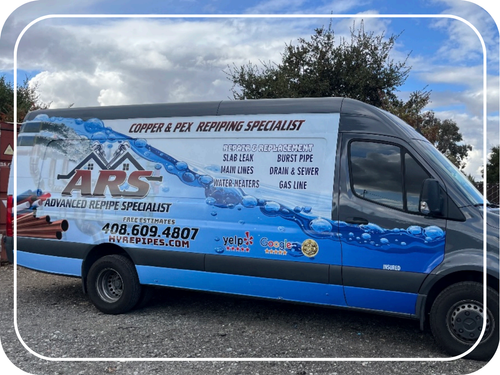
Your Local Plumbing Expert
We understand the unique plumbing challenges in the Bay & Sacramento Area, from older homes that may require extensive repiping to modern constructions that demand top-notch fixtures and materials.
Experience You Can Trust, Service You Can Count On!
We Service
We service the Bay & Sacramento Area and Surrounding Areas.
Residential
Commercial
Multi-Family
HOA Communities
Financing available with 0% interest on approved credit
REPIPING SERVICES IN THE BAY/SACRAMENTO AREA + SURROUNDING CITIES
Advanced Repipe Specialists Inc. has over 15 years of industry experience. You can count on us for repiping, plumbing repairs, water heater services, etc for your home and/or office!
View Our Monthly Specials!
Repiping Services
Copper Type L Repiping
Choose a durable material for your home or office.
PEX-A Repiping
Choose this eco-friendly option for your home or office.
Plumbing Services
Plumbing Repairs
Plumbing Repairs in Bay Area & Sacramento + Surrounding Cities
Water Heater Repair
Water Heater Repairs in the Bay Area & Sacramento+ Surrounding Cities
Tankless Water Heaters
From Tankless Water Heater Replacement to New Water Heater Installation
The Cost-Effective Solution to Plumbing Problems
We don’t stop working until you’re completely satisfied with your service!
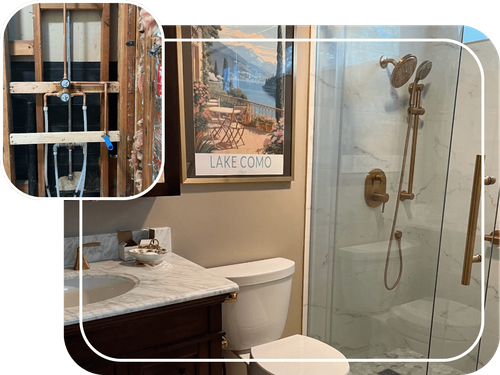
Why should you hire professional plumbing contractors?
Some plumbing issues require a professional touch. Relying on do-it-yourself methods sometimes creates more damage and unnecessary stress. Here's why we suggest hiring professional plumbing contractors for your tasks:
They are skilled in the industry
Plumbing requires special tools
You save precious time and money
your plumbing issues deserve the attention of professionals. Trust Advanced Repipe Specialists for reliable, efficient, and friendly service. Contact us today to schedule your free estimate and experience the difference!
Get A Free Quote Bay Area: (408) 609-4807 Sacramento (916) 605-9572

